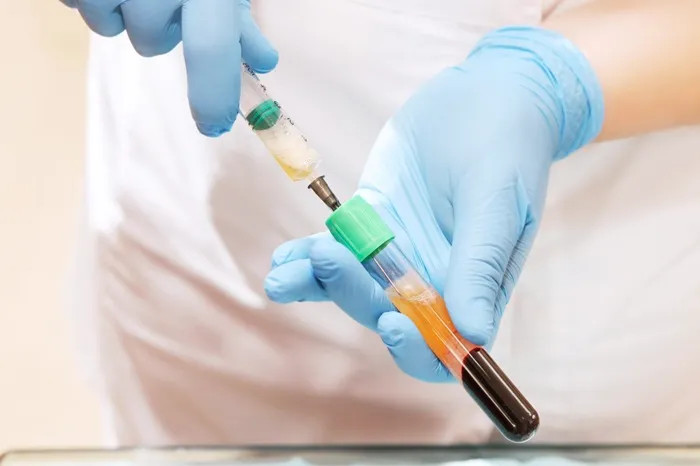Platelet-Rich Plasma (PRP) therapy has revolutionized the field of hair restoration and regenerative medicine, offering a non-surgical solution to promote hair growth and improve scalp health. But who discovered this innovative treatment, and how did it evolve to become a cornerstone of modern hair restoration practices?
The Pioneering Work of Harke and Colleagues
The journey of PRP began in 1977 when Harke and his team made a crucial first step. They were the first to successfully isolate and prepare PRP from whole blood. Their method involved a process of centrifugation, where the blood was spun at high speeds. This caused the different components of the blood, which vary in density, to separate. The platelets, along with other components, could then be carefully extracted to create a concentrated solution known as PRP. At that time, their focus was on the potential applications of PRP in cardiac surgery. They administered PRP to patients undergoing heart – related procedures and observed favorable outcomes, thus laying the foundation for future research.
Early Research and Recognition of PRP’s Potential
Following Harke’s initial discovery, researchers started to explore the unique properties of PRP more extensively. It was soon realized that platelets, the key component of PRP, were not just simple cell fragments involved in blood clotting. Platelets were found to be reservoirs of a variety of growth factors. These growth factors, such as Platelet – Derived Growth Factor (PDGF), Vascular Endothelial Growth Factor (VEGF), and Transforming Growth Factor – beta (TGF – β), play vital roles in the body’s natural healing and regeneration processes. For instance, PDGF stimulates the growth and repair of connective tissues, VEGF promotes the formation of new blood vessels, and TGF – β is involved in tissue repair and remodeling. As scientists delved deeper into understanding these growth factors and their functions, the potential of PRP in various medical fields began to unfold.
Expansion of PRP Applications
Over the years, the applications of PRP have expanded far beyond cardiac surgery. In the field of orthopedics, it has been used to treat joint injuries, tendonitis, and ligament sprains. The growth factors in PRP can stimulate the repair of damaged tissues, reduce inflammation, and accelerate the healing process. In dentistry, PRP has found applications in dental implant procedures to enhance the integration of implants with the surrounding bone and in periodontal treatments to promote gum and bone regeneration.
The Evolution of PRP Preparation and Administration
Since its discovery, the methods of preparing and administering PRP have also evolved. Initially, the preparation process was relatively basic, but with technological advancements, more sophisticated centrifugation techniques and equipment have been developed. These improvements have allowed for a more precise and consistent separation of platelets, resulting in a higher – quality PRP product. In terms of administration, specialized injection techniques and devices have been designed to ensure that the PRP is delivered accurately to the target area, whether it’s the scalp for hair restoration, a joint for orthopedic treatment, or the skin for aesthetic purposes.
The Impact of PRP Discovery
The discovery of PRP has had a profound impact on the medical community and patients alike. It has provided a non – invasive or minimally invasive treatment option for many conditions that were previously difficult to treat effectively. In hair restoration, it has given hope to countless individuals suffering from hair loss, offering a natural – based alternative or complement to traditional treatments like medications and hair transplant surgery. As research continues to explore the full potential of PRP, it is likely that we will see even more innovative applications and improvements in the future, further solidifying its place as a remarkable discovery in the world of medicine.
The Science Behind PRP
The efficacy of PRP for hair restoration is supported by numerous studies. A randomized controlled trial published in the Journal of Cutaneous and Aesthetic Surgery in 2014 found that PRP injections significantly improved hair density and thickness in patients with androgenetic alopecia. Another study published in Dermatologic Surg
Conclusion
The discovery and development of PRP therapy for hair restoration can be attributed to the pioneering work of Dr. Carlos Uebel and the innovative applications by Dr. Charles Runels. PRP therapy has evolved from its early use in orthopedics to become a versatile and effective treatment for hair loss, facial rejuvenation, and sexual health. By harnessing the body’s natural healing properties, PRP offers a non-surgical, minimally invasive option for individuals seeking to restore their hair and improve their overall well-being.
Related topics:
PRP Hair Treatment Price: Factors & Cost Insights


